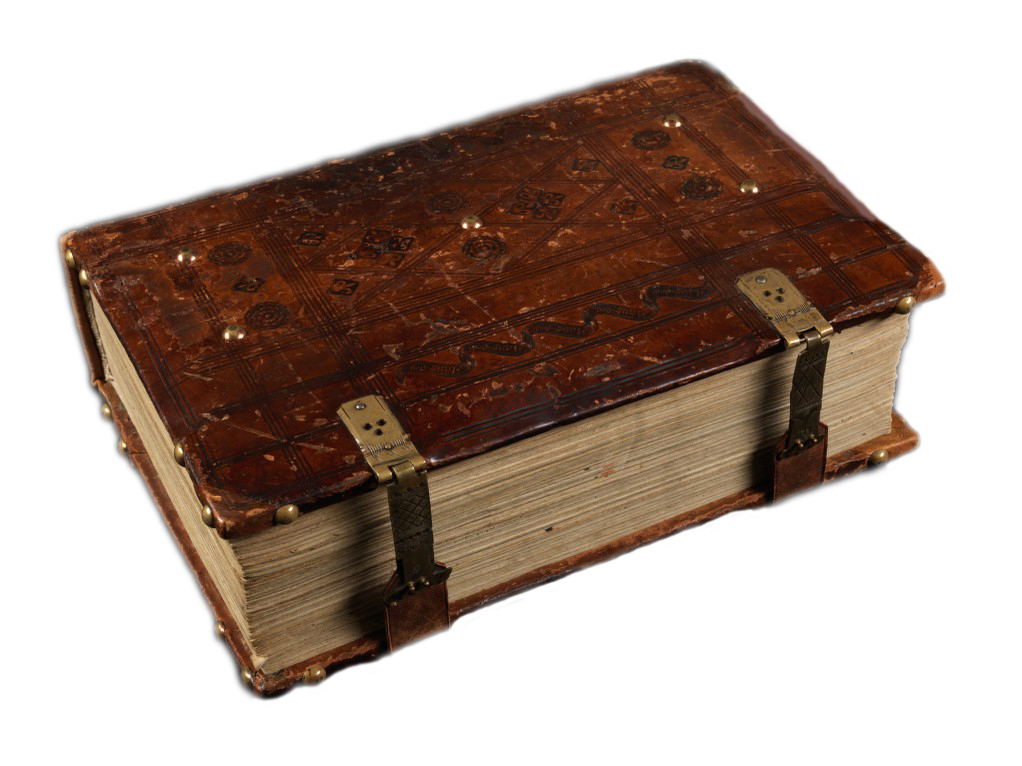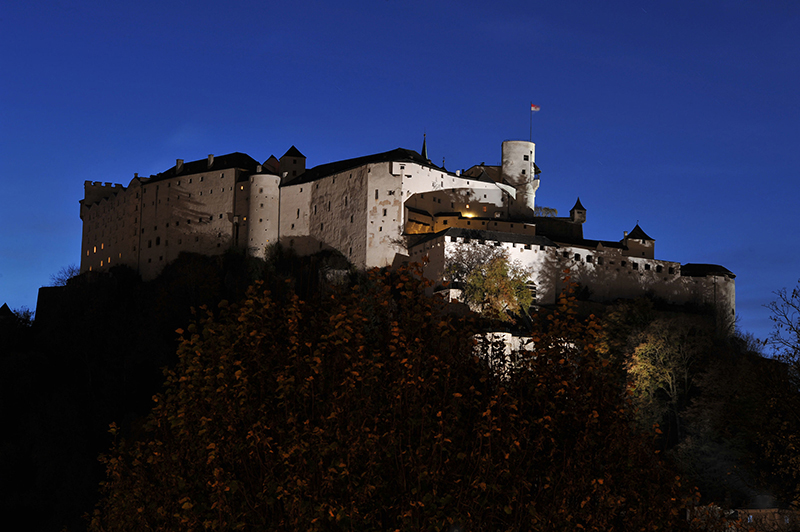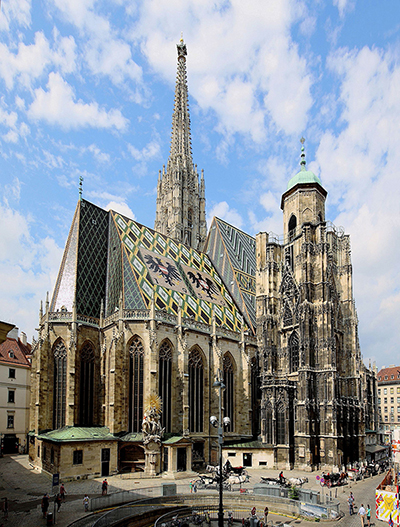— The Scriptorium —
Guildwater News Archive
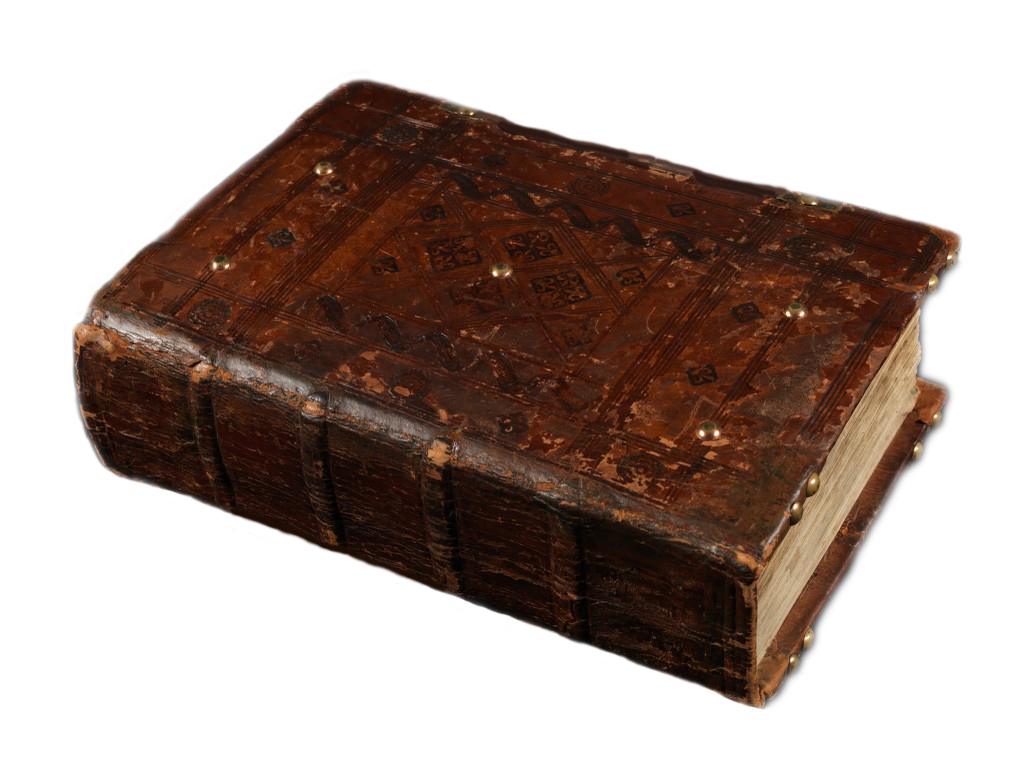
THAYER SARRANO
(Salzburg, Austria)
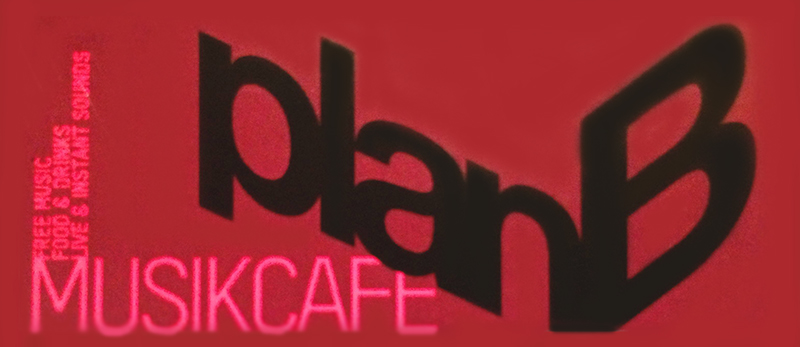
September 28, 2016 (Wednesday) - The Thayer Sarrano Experience visits the city of Salzburg, sadly the last of her three dates in Austria. Thayer Sarrano is joined, per usual, her stalwart rhythm-section, comprised of Ted Kuhn (bass) and Jason Nazary (drums). (If you don't recognize these names by now, you haven't been paying attention.) Together the Sarrano Three play Plan B -- a musikcafé situated on the edge of the Kapuzinerberg, a Capuchin cloister, whose grounds and surrounding area operate as a virtual nature preserve in the heart of the city itself. We would like to thank Herr Peter Kreyci for promoting this show locally, while stocking up the local Musikladen record store with Shaky CDs and vinyl LPs.

In case you don't know, Salzburg is the birthplace of Wolfgang Amadeus Mozart. He is, however, such a towering figure in music, we Guildwater Scribes are at loss as to what to say without sounding cliché. In case you don't know either, Salzburg is the setting for The Sound of Music. No matter how many times it is shown here in the United States on television every Christmas, we Guildwater monks occasionally watch it, and each time are mortally offended that Maria always chooses that rogue, Captain Georg von Trapp, over the wonders of the contemplative life of the convent / monastery. We watch on regardless, to the bitter end, hoping this time it will be different, that Maria will come to her senses, and become a nun. We are always disappointed. We can write no more about this film. Because, in addition to the offense of Maria's wayward ways, the mere mention of the film's title, and we get these Rodgers and Hammerstein songs stuck in our noggin. We then suddenly have an urge to flee our Scriptorium, run around on a mountaintop, sing, and pick daisies. It's terrible.
(Photo: Ralf Roletschek)
The Scribes of Guildwater would prefer to write about Hohensalzburg Castle. Construction began in the eleventh century under the guidance of Archbishop Gebhard von Helfenstein. In that era, the archbishopric of Salzburg was a self-sufficient if not practically sovereign state within the Holy Roman Empire. Despite that, Salzburg was long under the sway of the secular authority of the nearby dukes of Bavaria. A reform-minded pope of the period, Pope Gregory VII, sought to turn back such influence, the power that various emperors and local powers had gained over the church. This church-state struggle is known as the Investiture Controversy. Events were not always predictable. For instance, when, in 1076, the Holy Roman Emperor Henry IV selected his own chaplain, Tebald, as the Archbishop of Milan, over the appointee of Gregory VII, Tebald was all too happy to obey his emperor, and disobey his pope. Gregory responded by excommunicating Henry IV. This lead to that famous scene at Canossa, outside Rome, whereby Henry IV was compelled to seek forgiveness, kneeling outside the pope's castle for three days in the snow. This was a clear victory for the church in 1077. Coincidentally, Archbishop von Helfenstein's construction began on his own Hohensalzburg Castle that very same year. In the Investiture Controversy, Archbishop Helfenstein supported Pope Gregory, despite having worked closely with Henry IV on various occasions previously. Later, after Canossa, as Henry IV regained his authority, and returned to combatting the papacy, Archbishop Helfenstein was forced to flee Salzburg, owing to imperial pressures. He spent nine years in exile from Hohensalzburg Castle, then under construction. The initial structure was but a kernel of the magnificent edifice seen today. It would be completed and enlarged over the centuries. Demonstrating the complex history of what are now the modern states of Austria and neighboring Germany, the city of Salzburg and its outlying area were effectively ruled by its archbishop, yet remained a part of the broader Holy Roman Empire. It was only during the turmoil of the Napoleonic era, in the early 1800s, that the Austrian Habsburgs formally incorporated Salzburg into its political dominions.

THAYER SARRANO
(Vienna, Austria)

September 27, 2016 (Tuesday) - This evening, Thayer Sarrano and her Tour Europa visit Vienna, the capital of Austria. Along with Ted Kuhn (bass) and Jason Nazary (drums), Thayer appears live at the Rhiz, less than a two-mile stone's throw from St. Stephen's Cathedral. Joining in will be the band -- A Walk in a Park -- performing a set of their own. They are natives of Austria, deriving from Graz, in the state of Styria. Performing acoustic pop rock, their line-up, proceeding alphabetically, includes: Sandra Altvater (vocals), Tobias Beer (drums & percussion), Marco Hutegger (vocals), Philipp König (guitar), and Anthony Trost (bass). In 2014, via Schub Records, A Walk in a Park released a Special Edition EP, which was their second extended-player, the first having appeared the year prior. Both EPs are available on Bandcamp. You should consider catching the video for their catchy single "One of Those Days," over on YouTube. The Guildwater Group would like to thank the good people of Rola Music, who have helped promote Thayer's album Shaky, and its corresponding tour, there locally in Austria. Of course, we only know Rola as a result of our indefatigable pals over at Interstellar Music, who have unfailingly orchestrated all things from start, to middle, to finish, with Swiss watch-like precision. Thank you!
(Photo: Bwag)
St. Stephen's Cathedral of Vienna is the very cathedral in which a young prankster by the name of Joseph Haydn, then a member of the boy's choir, in the mid-1700s, disrupted a performance by cutting off a lock of hair of a singing companion. The disruption led to Haydn's dismissal from St. Stephen's, but opened the door to his life as a music instructor and, eventually, composer -- without a doubt one of the finest the world will ever know. His first thirty or so symphonies figure among the most under-appreciated pieces in the Western classical music canon. Although of Germanic birth -- in ethnicity, in language, in culture -- by way of Rohrau in southern Austria, Haydn ended up, not at the Habsburg court of Maria-Theresa -- the Maria-Theresien-Platz is a few blocks from St. Stephen's -- but that of the Esterházy, in what is now Hungary. Hungary was itself the Magyar component in the broader Habsburg Empire. At its height, earlier in the 1500s, under Charles V, that multi-ethnic empire included, either through familial connections, direct rule, or the indirect rule of the Holy Roman Empire, what are now the modern states of: Austria, Hungary, the Czech Republic, Slovakia, Moravia, Germany, the Netherlands, Belgium, the southern Italian peninsula, Spain, and (via Spanish world dominions) vast portions of South and Central America. This is the simplified version of it.
Besides the Habsburgs and Haydn, as concerns Vienna, also of interest to us Guildwater Scriveners is Gustav Mahler. In his own lifetime, Mahler was best known as the conductor of the Vienna Hofoper, now known as the Staatsoper -- itself a short walk from St. Stephen's as well. Mahler was himself a devoted Wagnerian. Late in life, Mahler was also conductor at the Metropolitan Opera of New York. In the present-day, Mahler is best known now as a gifted and prolific composer in his own right. We Scribes recommend, first, that, if you care to take Mahler for a test-drive, you keep your hands close to the volume knob. You will need to turn it up full-blast to hear the subtleties of the softer passages. But, beware, a few late-Romantic dynamic shifts, more dramatic than anything the Pixies ever concocted, and Mahler will in a heartbeat rip your eardrums and speaker-cones, with the full force of his orchestra. May we counsel the song cycle Das Lied von der Erde, if you like vocal music. If not, the Symphony No. 2 in C-Minor, known as the Resurrection Symphony, is quite nice. We especially like the Mozart-meets-Wagner second movement -- "Andante moderato." We also enjoy the fourth movement -- "Urlicht (Primeval Light)." Kiri Te Kanawa performs the brief but stunning vocal passages of this last bit, as conducted by Sir Georg Solti, in the copy found in our Scriptorium.

— Guildwater Archive —
